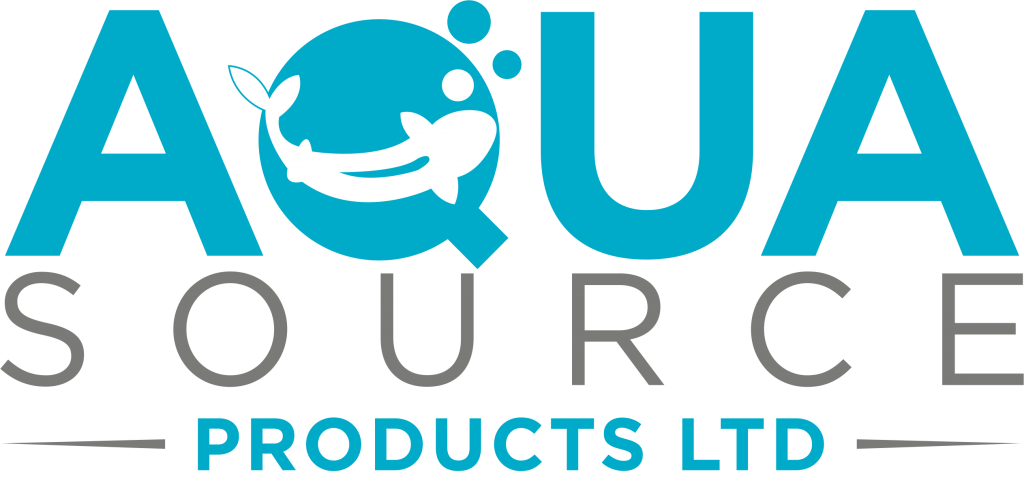This website uses cookies so that we can provide you with the best user experience possible. Cookie information is stored in your browser and performs functions such as recognising you when you return to our website and helping our team to understand which sections of the website you find most interesting and useful.
For an adult koi a protein intake of 35-38% is sufficient, whilst due to their much faster metabolism, young tosai ( up to a year old) will quite happily take up to 65% and burn it up quickly. It is important to know what the protein has been derived from, as a crude protein content listed on the bag only tells you the amount, which in fact could be a usable amount of 15% on a bag listing 40%. It is all about the correct amino acid profile. So a bag with 30% protein listed could be better quality and a more balanced food than one with 45% protein!
Fats in the diet are often overlooked, but are vitally important, as apart from serving a protein sparing effect, they are the basic fuel in fish metabolism. Fats are stored in the body for buoyancy and for energy reserves. Certain fats ( lipids) are essential for cellular structure maintenance and development. You should be looking for a fat content of around 7-9% and it will typically come from fish oils, such as salmon. Fats also drive the growth and a content of up to 14% can be found in some foods, which is a little bit excessive for Nisai and older.
Along with Carbohydrates ( which is never actually listed % on a bag of food), lipids, or fats, are really needed for quick energy bursts, as the koi cannot get enough energy quickly from a protein, it needs to be stored in the white muscle tissue. It is important to build up the carbohydrate intake coming into winter, as this will give the koi more reserves to draw on throughout that period. However, many brands of food contain too much carbohydrate, which is not ideal. Pearl Barley is ideal, boiled up accordingly.
One of the most common reasons people feed a particular food is “ because my koi love it”. Now, with respect, that is rubbish. They are omnivores and will eat anything, but just like us they get used to a pellet and any change confuses them. And don’t get hung up on this “ less waste” malarkey. Firstly, your koi will poo. You have a filter to take care of that waste. The amount of poo really doesn’t matter and is not necessarily an accurate indication as to how good or bad the food really is. Faeces has very little to do with the amount of ammonia produced in your pond. Whereas we excrete most of our nitrogenous waste as faeces, koi do not, as they are ammonetelic, producing most through their gills. And the darker the pellet, the darker the poo will be. A lighter pellet will produce lighter poo, tricking you into thinking there is more waste, simply because it is more noticeable on the pond base!
Using fresh food is also important. I do not use 15kg bags as once they are opened the contents will degenerate, especially the vitamin content. Throwing loads of food in is also bad practice, as some vitamins in the pellet are water soluble, leading to certain vitamin deficiencies over time.
Remember, just because a food lists a high protein content does not mean it is getting that amount of protein, you have to trust the brand. The first ingredient listed on the bag should be Fish Meal ( or wheatgerm if applicable). Soya is also acceptable, although less digestible.
Colour enhancing foods should be fed sparingly, I am not a fan of colour food at all. Koi will get the carotenoids they require from grazing on the algae in the pond. Too much spirulina or astaxanthin will bring out genetic weaknesses and cause stray hi on the white ground, but the most common effect is creamy whites, caused by waste build up. Shrimps contain high levels of carotenoids and I have seen many fish ruined because of overfeeding shrimps. These are what make flamingos pink, after all!
I often get asked “ I have a pond of koi varying in age from tosai up to yonsai, so what do I feed?”. The answer is…. Feed the tosai. The first year of the koi’s life is critical and lays down the building blocks for its future. Ruin it as tosai and chances are you’ve ruined it for life. Many quality tosai are ruined because the owner has forced the growth and fed a poor diet.
A koi has no choice what to eat, it has to make do with what you throw into the pond, so please ensure that you are choosing a well balanced food !!

